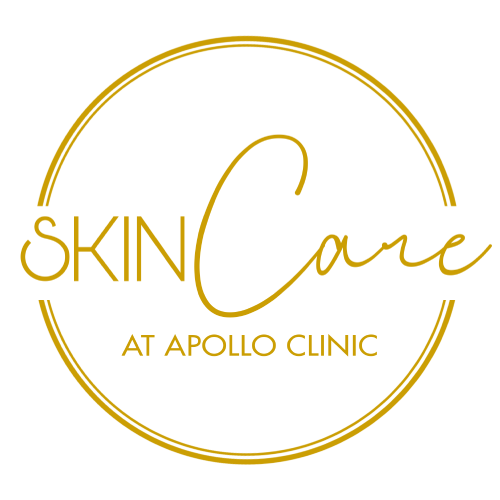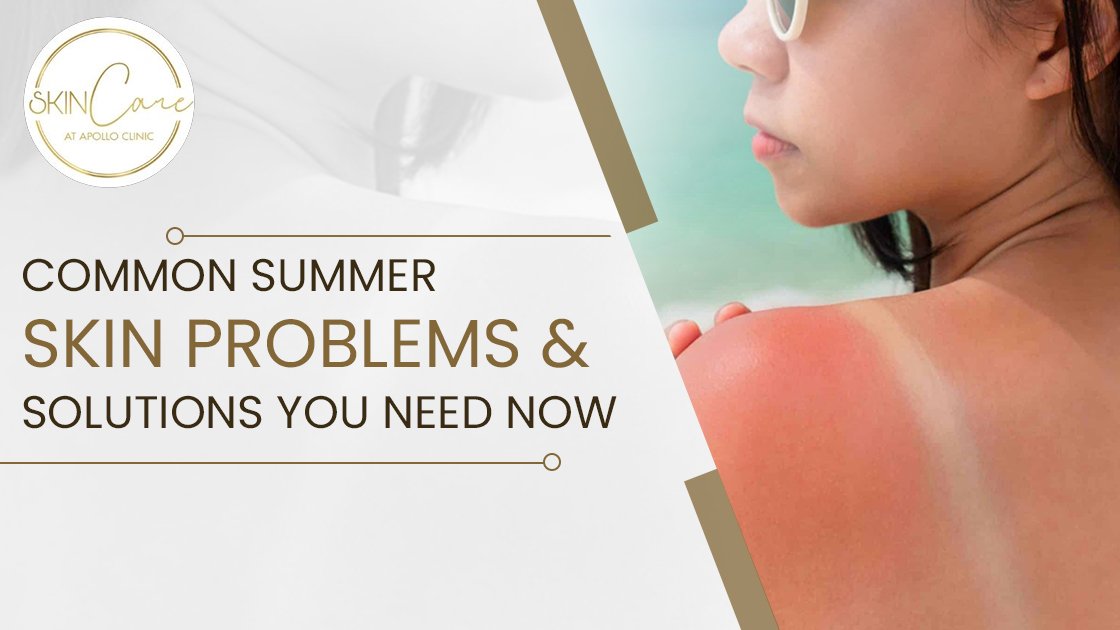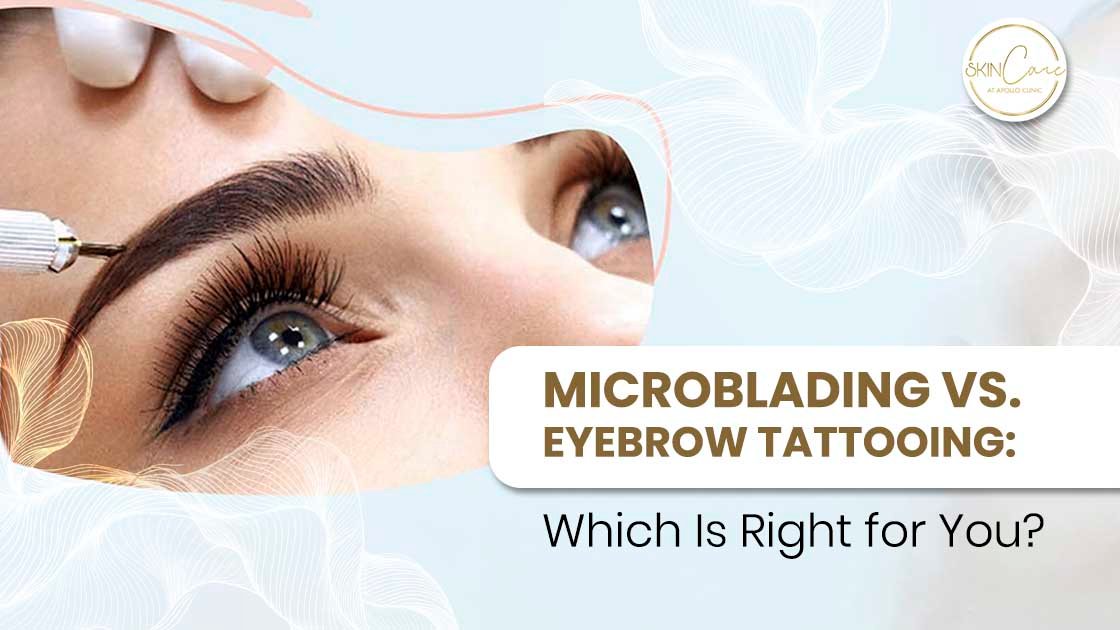Couperose skin, also referred to as rosacea, can be puzzling and frustrating. It might leave you calling into question what is going on with your skin. If you have noticed a consistent level of redness on your face, blood vessels that are now visible on your face, or perhaps some irritation, too, you are not alone. This does happen to individuals, and while it may feel jarring, you do not have to panic. The first step is to simply know what rosacea is. It is then much easier to understand how to manage it, and so whether you are experiencing this for yourself or simply want to learn about it, you have come to the right place.
Have you ever wondered why your cheeks are so red or always flushed, questioning why your skin seems sensitive to nearly every skincare product? If you are nodding your head yes, then you may indeed be exhibiting signs of rosacea or couperose skin. And while that may feel like a lot, do not panic – we are going to break down the symptoms, causes and treatment in the hopes you will find a path back to being comfortable in your skin.
Keep in mind that rosacea is more than a cosmetic problem and impacts many areas of your skin health. The good news is that if you are informed and aware of all your treatment options, you can not only manage your rosacea but reduce its visible effects and, most importantly, get your skin feeling and looking good again. So, let’s now look at what you need to know about couperose skin.
What is Couperose Skin? Understanding Rosacea
Couperose (rosacea) skin is a chronic skin condition that causes persistent redness, broken blood vessels and sometimes small bumps or pimples on the surface of the skin. It usually affects the face, but particularly we see the most common rosacea symptoms present on the cheeks, nose and forehead. If you have ever wondered why your skin can flare up at any given time for no reason, or perhaps you have developed a lifestyle of covering up that persistent redness, there is a good chance you are experiencing rosacea.
The good news is you are not alone! Rosacea is one of the most common skin conditions in the world, and millions of people suffer from it. Understanding the condition is the first step in battling it, and we are here to help you understand everything you need to know.
To start, please remember that even though rosacea can feel like a purely cosmetic concern, it is much deeper than that. A skin condition like this has effects on your confidence, and learning to manage those effects is key when trying to live more comfortably with it. Luckily, you can keep your skin under control and with the right information and treatment, you can achieve a calmer complexion. Let’s now take a deep dive into the symptoms of couperose skin, the causes and the treatments so you can take charge again.
Symptoms of Couperose Skin: What Should You Look For?
Identifying couperose skin early is essential to managing it successfully. If your skin is reacting differently than it ever has, persistent red colour, pinpoint pimples, or even irritation, this could be rosacea or couperose skin. These conditions are often confused with simple redness or acne, as the symptoms have distinct and unique characteristics. Recognizing these symptoms as early as possible can usually make a big difference in how manageable and easy it is to deal with flare-ups and how bad they can get. The earlier you identify the signs you notice, the easier the symptoms are likely to be controlled and maintained without too much effort.
So, what should you look for? We will go through the most common signs or symptoms of couperose skin so that you can recognize them easily. If you are able to recognize these symptoms, then you will start the process of understanding and having control of your rosacea and keeping your skin calm and clear. Here is the basic information you need to get started:
1. Constant Redness on Your Face
Does your skin frequently appear flushed, especially on your cheeks and nose? This flushing may not be just a temporary flare-up. It could actually be an ongoing condition, which is often known as rosacea. This redness might disappear and reappear, but for some people, it can worsen and become more persistent, making it less easy to cover with makeup.
2. Visible Blood Vessels
Have you noticed small, visible veins or capillaries (telangiectasia) on your cheeks or nose? The little blood vessels can sometimes appear more prominent and make your skin look blotchy. These are one of the pairs of symptoms of couperose skin.
3. Burning or Stinging Sensation
If you feel like your face is on fire after a use of a particular skincare product, or after you experience a sudden change in temperature, you might have rosacea. Many people who suffer from rosacea describe their skin as stinging or burning, which can also make their skin appear irritated and feel sensitive.
4. Pimples and Bumps
You may feel like you have acne that has suddenly developed, but if you have developed a tendency for pimple-like bumps or pustules around your nose and cheeks, that’s probably rosacea rather than acne. These pimples do not have black or white heads and typically do not respond to traditional acne treatments.
5. Thickened Skin
When rosacea is severe enough, the skin will start to thicken. The thickening is most common on the nose and can lead to rhinophyma. If you notice any thickening, it’s important to contact a dermatologist to have it treated as soon as possible.
Causes of Couperose Skin: What’s Behind the Redness?
Knowing what causes rosacea is an important step in treating and managing the condition. Although no one knows the exact reason why some people develop rosacea, there are factors that can trigger rosacea flare-ups. Let’s look at some of the possible reasons for your couperose skin:
1. Genetics
If you have a genetic history of rosacea, your chances of developing rosacea are higher. It is believed that rosacea can be genetic, so if your mum, dad or grandparents had rosacea, then you are genetically predisposed to rosacea too.
2. Environmental Triggers
Is your skin reacting to the sun? Maybe it is the cold wind that leaves your cheeks feeling raw? These environmental factors can all be causes of rosacea flare-ups, so make sure to protect your skin from these elements, as well as harmful UV rays!
- Sun Exposure: The sun is known to trigger rosacea, and appropriate daily use of sunscreen is essential for all individuals with couperose skin.
- Weather Extremes: Be it cold wind during the winter or hot weather during the summer, both ends of the spectrum can irritate your skin.
3. Lifestyle Factors
There are several lifestyle factors that may aggravate your rosacea. Alcohol, spicy foods, and stress can all exacerbate rosacea flare-ups.
- Alcohol: Red wine, in particular, is notorious for worsening the symptoms of rosacea, mostly due to its ability to cause blood vessels to dilate.
- Spicy Foods: As much as we enjoy spicy foods, it can trigger flushing and intensifying redness.
- Stress: Let’s be honest, stress can impact your body and can certainly cause changes on your face, leading to rosacea flare-ups.
4. Hormonal Changes
One of the most notable influences on your skin’s blood vessels is related to hormonal changes during stages of your life, such as pregnancy or menopause. If you’re experiencing these stages of life, understand that they can alter the way your skin reacts to potential rosacea triggers.
5. Skin Sensitivity
Some people are more likely to develop rosacea if their skin is sensitive or easily irritated. If your skin reacts to products, temperature variances, and specific types of fabric, your skin may already be sensitive and be much more susceptible to rosacea.
Treatment for Couperose Skin: How to Manage Rosacea
While couperose skin might feel like a permanent condition, it means that there are effective treatments and techniques that can prevent or reduce your symptoms. Let’s summarize the most common treatment options:
1. Topical Treatments
Topical treatments are often the first line of defence for rosacea. Here’s a brief overview of commonly used topical treatment types.
- Topical Antibiotics: Medications such as metronidazole are prescribed for reducing inflammation and treating mild types of rosacea.
- Azelaic Acid: is a commonly used ingredient to treat redness, bumps and acne-like pimples associated with rosacea.
- Topical Retinoids: that can help skin texture and reduce breakouts, should only be used under advice, as they can irritate sensitive skin.
2. Oral Medications
For moderate to severe rosacea, oral medications may be needed:
Oral antibiotics: Tetracycline or doxycycline can decrease the inflammation and bacteria related to rosacea.
Oral retinoids: In more severe cases, isotretinoin (a powerful Vitamin A derivative) may be used to reduce redness and inflammation.
3. Laser and Light Therapies
Laser treatments are one of the best options to treat visible blood vessels and redness. There are a couple of common options:
- Intense Pulsed Light (IPL): A noninvasive treatment that uses light energy to reduce redness and treat blood vessels.
- Laser Therapy: Targeted lasers can treat visible capillaries and improve the skin.
4. Skincare for Rosacea
Using skincare strategies to manage rosacea is key to preserving a calm complexion:
- Careful Skincare: You should use the least amount of products with a fragrance-free and low-irritating label and sensitive skin recommendations.
- Sun Protection: Daily use of sunscreen is required; make sure it is suitable for rosacea-prone skin.
- Hydration: To reduce sensitivity and keep a healthy skin barrier, preemptively use a moisturiser frequently.
5. Lifestyle Adjustments
Making a couple of lifestyle changes can also help you keep your rosacea in check:
- Stress Management: Attempt to reduce stress through activities like yoga, meditation, or even calming hobbies you enjoy.
- Dietary Considerations: Avoid foods and drinks that trigger flares, like alcohol and spicy food.
- Arrangements for Weather: Always dress appropriately or apply products on your skin to protect yourself from any harsh conditions.
Conclusion: Take Control of Your Couperose Skin
Couperose skin can be more than just a beauty issue, it’s usually accompanied by discomfort, embarrassment, and a host of unanswered questions. But the good news is, you don’t have to navigate this process alone.
At Skincare at Apollo, Dr. Snehi K Sharma and our trained cosmetologist staff are here to guide you through the process of understanding your skin’s needs with gentle, personalized treatments that deliver results.
Call us at +91 9085645000 to book your consultation.






